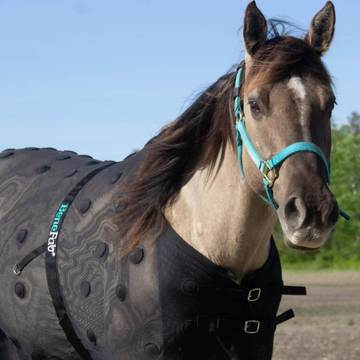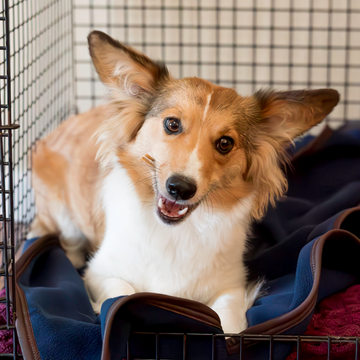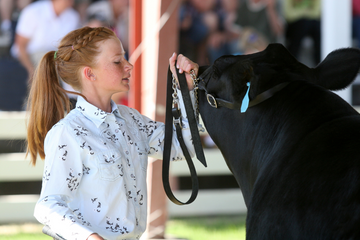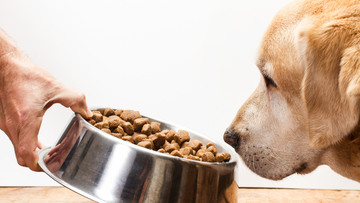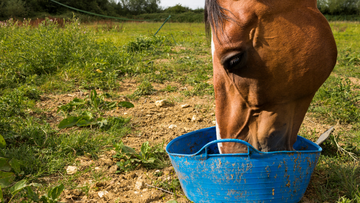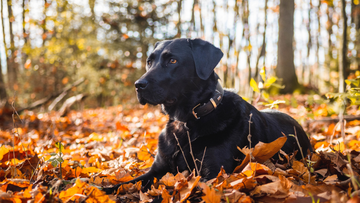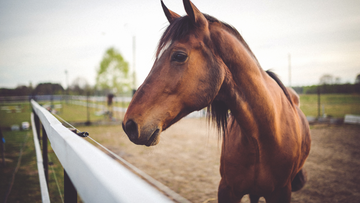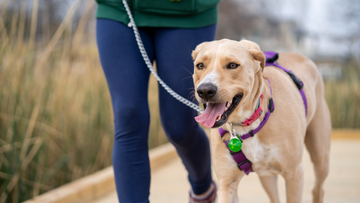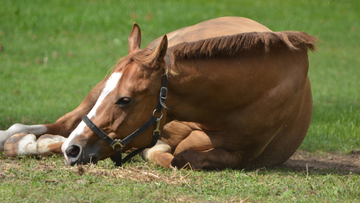Most dogs labeled hyperactive by their owners are better described as hyperkinetic. Veterinarians and behaviorists believe most symptoms of hyperactivity that dog owners complain about are either breed specific behaviors, or conditioned behaviors. Dogs with this condition show poor attention span and have high levels of motor activity despite an apparently appropriate environment and lifestyle. In the home setting and in the clinic, they are practically in constant motion, jumping around and reacting to even the mildest situation. The only time they’re quiet is when they’re asleep – and even then, they may twitch a lot.
They tend to react to normal everyday sights, sounds, and smells as if they’re experiencing them for the first time. They often seem unable to rest even in a completely comfortable, quiet environment. In clinical cases of hyperkinesis in a dog, a number of potential causes for the unwanted behavior must be ruled out such as, phobias and anxiety disorders, territorial, allergies or other medical conditions.
Some symptoms: 
- Extremely short attention span
- Compulsive movements
- Frantic abnormal behavior
- Inability to focus
- Restlessness
- Destructive
- Overly sensitive to a change in the environment
How to help:
- Make sure your gets plenty of exercise
- Provide mental stimulation
- Focus on desired behaviors
- Enroll in obedience class
- Feed a well-balanced diet
- Give your dog a job
Many dogs who are considered "hyperactive" are usually just under-trained and under-exercised. Therefore, in addition to remedies, you can spend more quality time with your dog exercising and playing interactive games. If necessary, you may want to seek out professional dog-training assistance.
Some herbal remedies such as chamomile or supplements like Thiamine may help. Aromatherapy is effective in calming a hyperactive dog with scents like lavender. These won’t cure hyper activities but can be used temporarily to help calm down a dog.
The Benefab®
Canine Comfort & Care Shirt is designed to reduce anxiety. So anxious, aggressive, and excited dogs can benefit from this product. It also promotes blood circulation, increases mobility and aids in reducing pain and stiffness. The material is breathable with wicking qualities. It is comfortable to wear while resting or during activity and is thin enough to be worn under outerwear, if necessary. Its 100% natural and safe to use.

